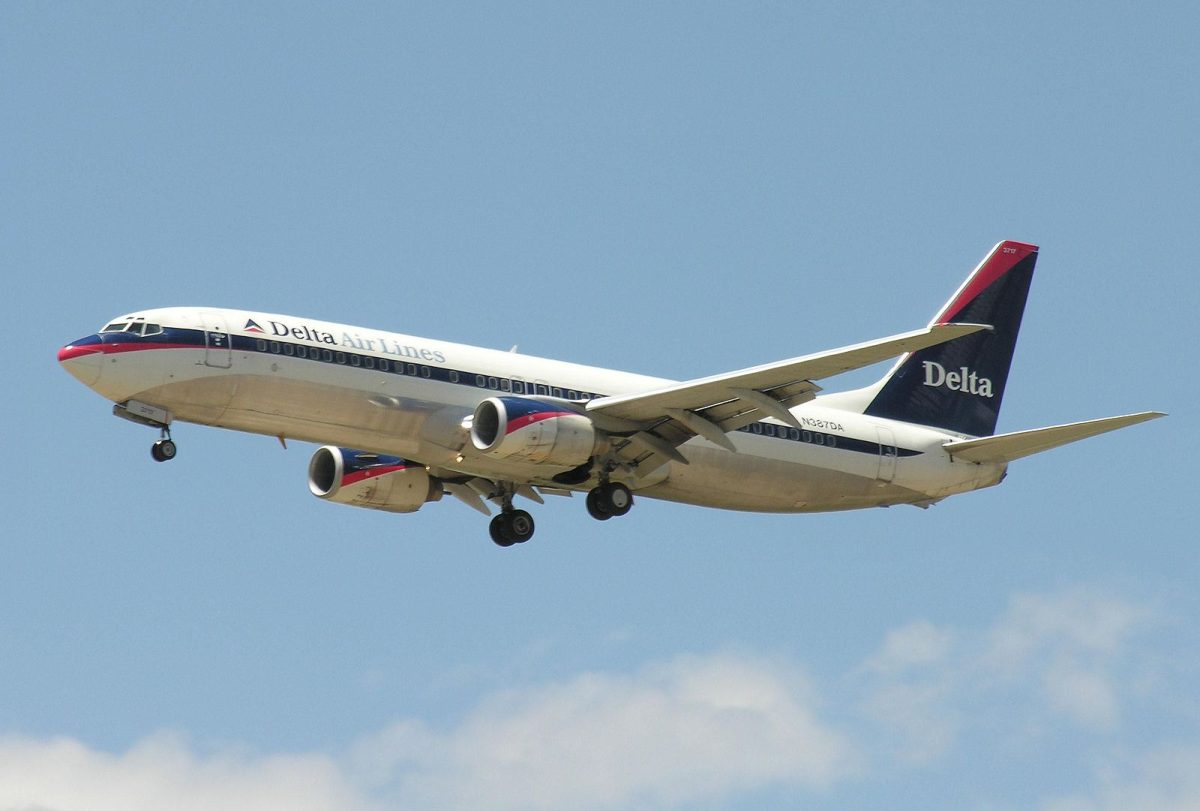On January 5, a door fell off Alaskan Airlines Flight 1282 as the plane left Portland, Oregon on its way to Ontario, California. While there were no injuries, cell phones, AirPods, a child’s shirt, and a pilot’s headset were sucked out of the door. Despite the pilots being able to make an emergency landing in Portland, all passengers were understandably shaken.
Alaskan Airlines Flight 1282 was a Boeing 737 Max, a type of plane that has suffered 234 accidents since 1967 due to manufacturing errors. While the Boeing 737 Max has had 57 fatal crashes, their most tragic crash was a commercial flight managed by Ethiopian Airlines, heading from Bole International Airport in Addis Ababa, Ethiopia, to Jomo Kenyatta International Airport in Nairobi, Kenya, on March 10, 2019. Two minutes into the flight, the plane’s Maneuvering Characteristics Augmentation System (MCAS) unexpectedly activated, causing the plane to dive toward the ground, killing all 189 passengers.
MCAS is a flight stabilizing feature developed by Boeing in which a sensor on the nose of the plane responds to an increase in frontal airflow by moving the nose of the plane down to avoid potentially dangerous weather. Ethiopian Airlines Flight 1282 marked the second fatal accident involving the mechanical issues of a Boeing 737 Max. Because of this, the plane family was grounded for two years by the FAA as its mechanical issues were investigated.
Underlying management issues may explain the consistent catastrophes that Boeing has been involved in. While both the U.S. National Transportation Safety Board and the French Land Transport Accident Investigation Bureau identified pilot error as a critical contributing factor to Ethiopian Airlines Flight 1282, Boeing has suffered various production issues, namely erroneous activations in their MCAS system. Aside from Ethiopian Airlines Flight 1282, two other fatal Boeing crashes have been caused by faulty MCAS sensors causing the plane to shift downward. Additionally, due to manufacturing errors, Alaskan Airlines Flight 1282’s door loss resulted from three holes drilled into the plane that never received bolts. This lack of bolts was present in at least twelve other Boeing 737s manufactured simultaneously. Due to these significant manufacturing defects, the FAA reviewed Boeing’s 737 factory near Seattle and gave the company failing grades on nearly three dozen aspects of production. These failing grades included process control, parts handling and storage, and product control. Issues with parts handling could easily explain the missing bolts that caused the door of Alaskan Airlines Flight 1282, whereas process and product control would explain the errors in the Boeing MCAS systems. Boeing has until late May to provide the FAA with an improvement plan and in the meantime, the agency is limiting production of 737s.
Since their FAA assessment, Boeing’s best effort to improve their production quality has been opening discussions about bringing Spirit AeroSystems, which builds fuselages for the Max and many parts for that and other Boeing planes, back into the company. Bringing the work of the supplier back in-house would give Boeing more control over the quality of manufacturing key airplane components.
While the Boeing 737 FAA assessment was focused on recent manufacturing problems,
Boeing has struggled with production issues since 1987. Such problems have included improperly drilled holes in aft pressure bulkheads, loose bolts in rudder control systems, and faulty door plugs. While not all of these errors have resulted in fatalities or crashes, they’re unacceptable and careless errors for a commercial plane line to be making.
In 2017, former Boeing employee John Barnett left the company due to concerns over their manufacturing flaws. From 2017 to 2024, he consistently raised concerns about the company’s production issues. Sadly, Barnett was found dead on March 9 from a reportedly self-inflicted gunshot wound in the parking lot of his hotel. At the time of his apparent suicide, Barnett was in the middle of a deposition in an ongoing whistleblower retaliation case against Boeing.
“He was in very good spirits and really looking forward to putting this phase of his life behind him and moving on. We didn’t see any indication he would take his own life. No one can believe it,” reported Barnett’s attorneys, Robert Turkewitz and Brian Knowles. While Barnett was a quality manager at Boeing, he had “exposed very serious safety problems with the Boeing 787 Dreamliner and was retaliated against and subjected to a hostile work environment,” Turkewitz and Knowles said. Boeing’s suspicious manufacturing errors and Barnett’s sudden death certainly pose questions about the ethical nature of Boeing.















